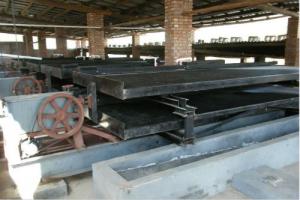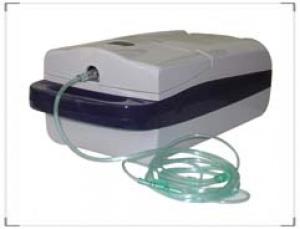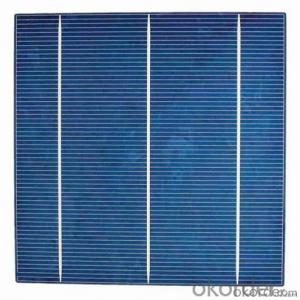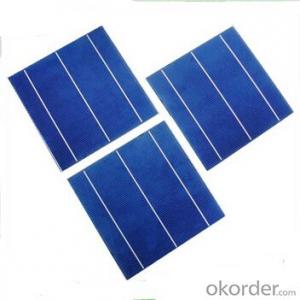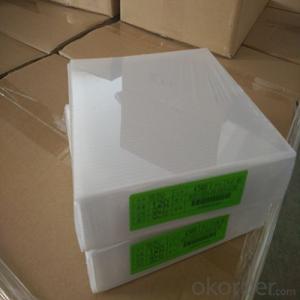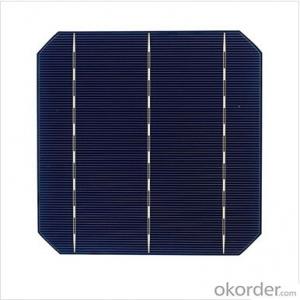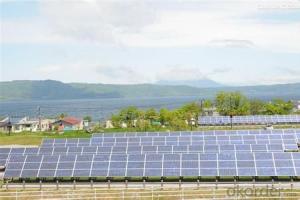Concentrator Solar Cells
Concentrator Solar Cells Related Searches
Except For Solar Cells Weegy Problems With Solar Cells High Power Solar Cells Light Trapping In Solar Cells High Performance Solar Cells High Output Solar Cells High Wattage Solar Cells Energy Transfer In Solar Cells High Efficiency Hvac Systems Recombination In Solar CellsHot Searches
Cheap Solar Cells For Sale Flexible Solar Cells For Sale Q Cells Solar Panels For Sale Printed Solar Cells For Sale Bulk Solar Cells For Sale 6x6 Solar Cells For Sale Broken Solar Cells For Sale Cpv Solar Cells For Sale Photoelectric Cells For Sale Price Of Silicon Solar Cells Price Of Solar Cells Over Time Buy Solar Cells From China Cheap Solar Cells China Best Type Of Solar Cells Flexible Solar Cells Price Q Cells Solar Panels Price 3 Types Of Solar Cells Production Of Solar Cells Common Types Of Solar Cells Q Cells Solar Panel PricesConcentrator Solar Cells Supplier & Manufacturer from China
Okorder.com is a professional Concentrator Solar Cells supplier & manufacturer, offers integrated one-stop services including real-time quoting and online cargo tracking. We are funded by CNBM Group, a Fortune 500 enterprise and the largest Concentrator Solar Cells firm in China.Hot Products
FAQ
- Yes, solar cells can be used for powering streetlights. Solar-powered streetlights are a sustainable and cost-effective solution that harnesses the energy from the sun using solar cells to generate electricity, making them independent of the power grid. This helps in reducing energy consumption and minimizing carbon emissions.
- The time required to install solar cells on a rooftop can vary depending on various factors such as the size of the system, complexity of the installation, and the expertise of the installation team. On average, a residential rooftop solar installation can take anywhere from a few days to a couple of weeks. However, larger commercial installations may require more time. It's best to consult with a professional solar installer for a more accurate estimate based on your specific project.
- How to explain to students how the solar cells are made?
- The Manufacturing Process of solar cells is a bit difficult to explain, but I can send you the details through email if you want.
- Friends are fuel cells are chemical energy into electricity, solar cells are converted into electricity into electricity I would like to know in addition to the structure and the conversion of different ways there are no other differences hope that the specific power of everyone
- In general, the fuel cell has the following characteristics: (1) high energy conversion efficiency He will directly convert the chemical energy of fuel into electricity, the middle without the combustion process, and thus not limited by the Carnot cycle.
- Yes, solar cells can be used in industrial applications. They are increasingly being integrated into various industrial processes and systems, such as powering machinery, providing electricity for lighting, heating and cooling, as well as supplying energy for remote industrial sites. The use of solar cells in industrial applications helps reduce reliance on conventional energy sources, lowers operating costs, and contributes to a more sustainable and environmentally friendly industrial sector.
- Yes, solar cells can be used to power remote locations. Solar cells, also known as photovoltaic cells, convert sunlight into electricity, making them an ideal solution for off-grid and isolated areas where traditional power sources are not available or feasible to install. Solar panels can be easily set up in remote locations to harness solar energy and generate electricity, providing a reliable and sustainable power source for various applications such as lighting, communication systems, water pumping, and even small-scale industrial processes.
- Solar cells do not work at night as they require sunlight to generate electricity. In low light conditions, their efficiency decreases significantly, but they can still produce some electricity, although at a much lower rate.
- Yes, solar cells can be used in healthcare facilities. They can be employed to generate renewable and clean energy, reducing reliance on fossil fuels and minimizing carbon emissions. Solar panels can power medical equipment, lighting, and other electrical needs, ensuring a continuous and reliable energy supply. This can be particularly useful in remote or underdeveloped areas where access to electricity may be limited. Additionally, solar energy can contribute to cost savings by reducing the facility's electricity bills.












